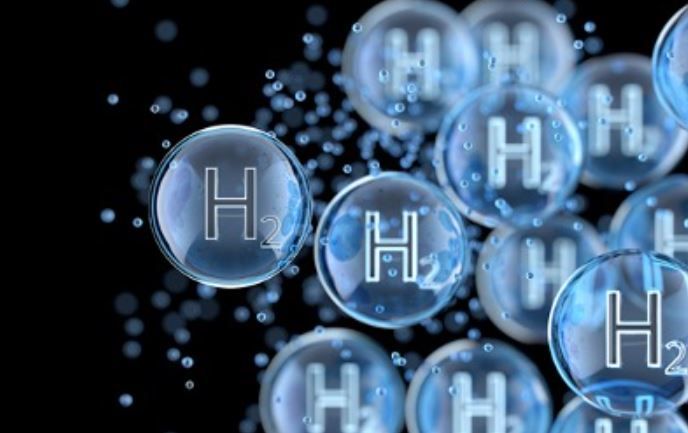Europe is gearing up for a transformative shift in its energy landscape, with the ambitious CelZa project emerging as a key player in this green revolution.
Spearheaded by the European Hydrogen Backbone (EHB), a coalition of major gas transportation system operators, including Enagás, the CelZa project is set to reshape the map of energy movement in the continent.
According to estimates by the EHB, the construction of the H2Med hydroduct, spanning from Celorico da Beira to Zamora, is slated for completion before the decade’s end. This strategic initiative is part of a broader plan by the EHB to have 40 green hydrogen projects operational at the community level before 2030. The inclusion of Zamora in the Projects of Common Interest (PCI) by the European Commission has further solidified its role in this transformative journey.
The EHB has meticulously outlined five main axes to guide the development of green hydrogen projects across Europe. The CelZa project plays a pivotal role in Corridor B, focusing on southwestern Europe and North Africa. This corridor aims to transport hydrogen to demand centers in Germany through the H2ercules project, with H2Med serving as the linchpin that connects hydrogen networks in Portugal, Spain, France, and Germany.
Zamora, strategically positioned within Corridor B, becomes a crucial meeting point between the H2Med network originating from Portugal, traversing to the Cantabrian Sea, and connecting with the Mediterranean. Additionally, Zamora links with the domestic backbone network originating from the port of Algeciras, crossing the Iberian Peninsula from south to north.
The EHB’s comprehensive plan extends beyond Corridor B, encompassing Corridors A, C, D, and E. Each corridor is strategically designed to supply green hydrogen to specific regions in Europe, utilizing diverse sources and connecting major energy production centers.
- Corridor A: North Africa to Southern Europe, connecting Algeria and Italy.
- Corridor C: Supplying green hydrogen from offshore wind energy in the North Sea to the United Kingdom, the Netherlands, Belgium, and Germany.
- Corridor D: Transporting green hydrogen from the Baltic to central Europe, primarily for Poland and Germany.
- Corridor E: Bringing energy from Greece to central European countries, including Bulgaria, Romania, Hungary, Slovakia, and Austria.
- Investment and Importance: Fueling the Future of Europe’s Energy Transition
The EHB emphasizes the necessity of investment by countries to make social decarbonization more cost-effective in Europe. Recognizing the complexity and uncertainty of the path forward, the organization underscores the critical importance of developing a hydrogen infrastructure network to achieve the energy transition objectives while preserving the competitiveness of the European Union.
The CelZa project extends beyond Zamora, reaching the Atlantic through Figueira da Foz. This extension will connect with Cantanhede and Figueira da Foz through new hydroducts, forming the initial part of the Portuguese Hydrogen Network. The total investment for the CelZa project, linking Celorico da Beira to Zamora, is estimated at 350 million euros, with half potentially coming from the community.
As Spain and Portugal collaborate on this groundbreaking project, the CelZa initiative becomes a cornerstone in Europe’s journey toward a sustainable and interconnected hydrogen landscape.
